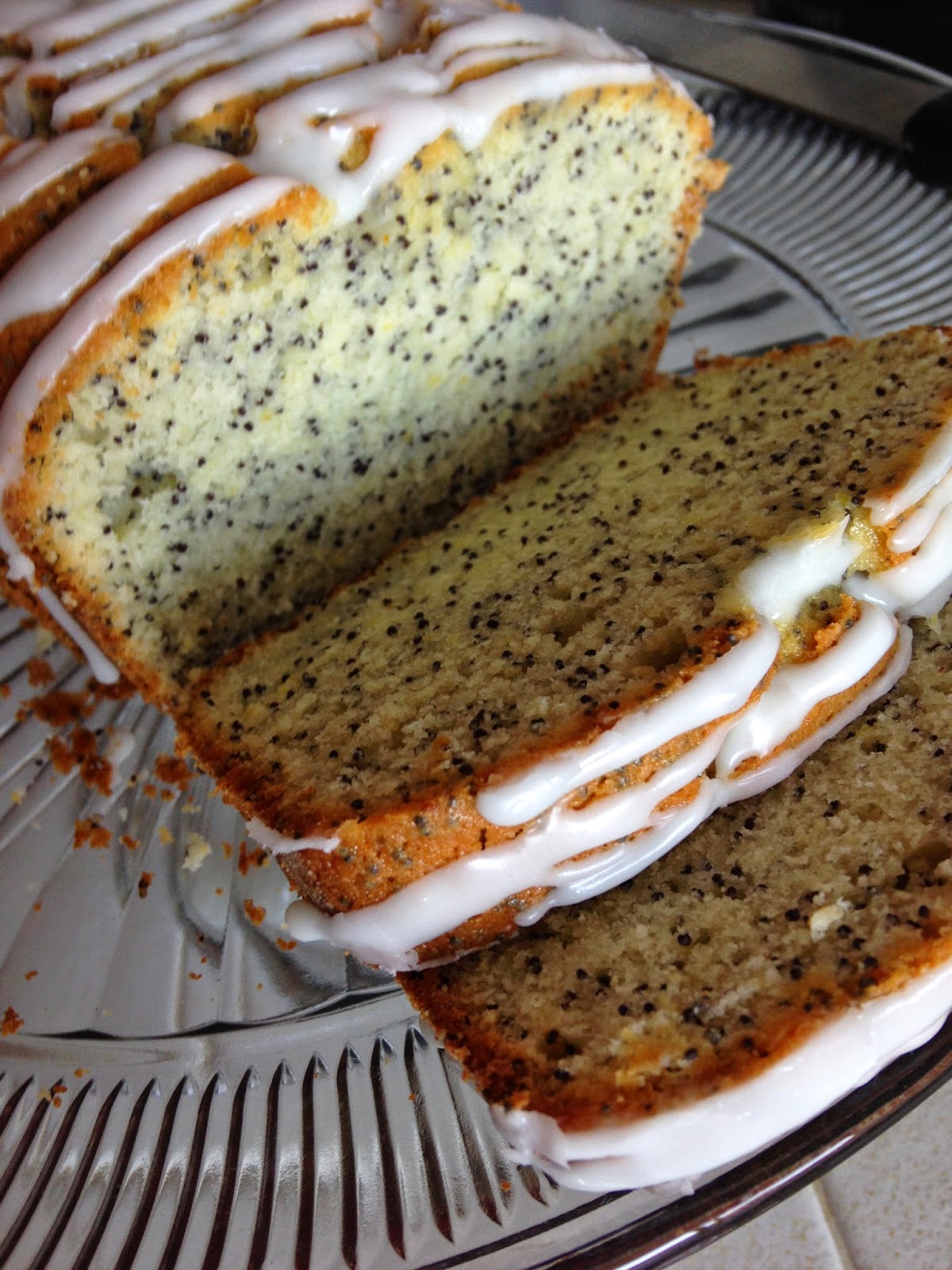Unfortunately, I struggled with this recipe. I was eager to try it because it was one of a few vegan recipes I've found in conventional cookbooks. The combination of pears, almonds and tahini seemed intriguing. Somewhere along the way, though, I think I made a mistake.
As the cake came out of the oven it smelled wonderful - like the cake version of baklava. Very promising. The cake itself, however, was too moist. It was heavy and sticky - maybe even bordering on gummy. One of my steadfast cake tasters equated it to having a mouth full of peanut butter.
I'm struggling with whether or not to try it again. It was a good flavor - I ate several small pieces, despite the unappealing texture, before I threw the remainder away. I used a bit more pear than the recipe called for, which may have caused it to be too wet. I was also confused about the tahini - was 8 ounces a liquid measure or a weight? I assumed liquid, and measured out a cup of tahini, but perhaps it was supposed to be 8 ounces in weight? I also wondered (having picked up this tip from the America's Test Kitchen Gluten Free cookbook) if it would be better in a bundt pan, so that it got cooked more completely. It also could be that it's not an accurate recipe, since this is the first from the cookbook I've tried.
If you try it, would you let me know it comes out?
Pear, Almond and Tahini Cake
8 ounces tahini
9 ounces maple syrup (or date syrup)
1 teaspoon baking soda
1¾ cups all-purpose flour, sifted
1 teaspoon ground cinnamon
¾ cup almonds, chopped roughly
5 ounces pears, peeled and diced into ½-inch
cubes (or you can use canned pears)
1 cup apple juice (or pear juice, if using
canned pears, with added apple juice to bring to 1 cup)
1.
Preheat the oven to 350 degrees. Grease a 9-inch cake pan and line with
parchment paper.
2.
Give the tahini a quick stir while it’s still in
its jar, because the oil usually separates into a layer on the top. Then pour into a mixing bowl and beat with
the maple (or date) syrup. Add the
baking soda and mix again.
3.
In a separate bowl, combine the sifted flour,
cinnamon, almonds, and diced pears. Add
a third of the flour/nut mixture to the tahini and mix. Add half the apple juice, then mix.
4.
Add another third of the flour, then the other
half of the juice. Finish with the
remaining flour and mix until combined.
5.
Pour the batter into the pan and bake for 45
minutes. After 30 minutes drop the oven temperature
to 325 degrees and cover the cake loosely with aluminum foil for the final 10
minutes. Remove from the oven and let
the cake cool in the pan.
From Saved By Cake by Marian Keyes




